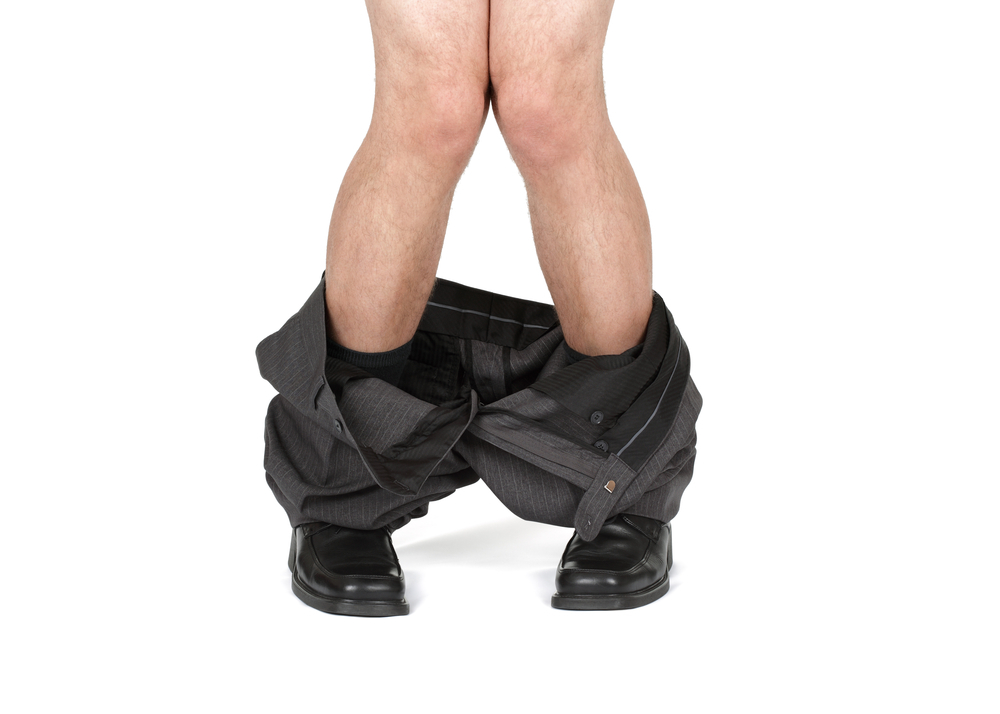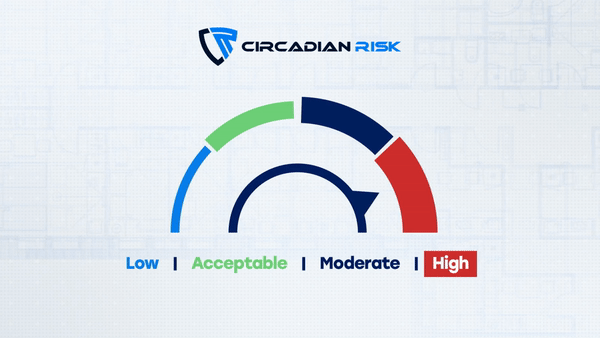Risk
Drones Never Lose Their Pants, And Other Reasons Why Drones Can Be An Effective Security Force Multiplier

Many years ago, when I worked in the manguarding business, my company had a contract with a mining operation. Our security officers covered a lot of ground patrolling that site; for example, they had to scale water towers to inspect equipment.
One evening, one of our officers was doing a routine check at a water tower when he discovered a damaged fire extinguisher. Already at the top of the ladder, the officer realized he didn’t have the right harness to carry the damaged equipment down the ladder safely. He’d have to climb all the way back down, go to another location to retrieve the harness and a replacement fire extinguisher, return, and climb the tower again. Rather than do all that, the officer decided to try something else. He latched the fire extinguisher to his belt loop and started down the ladder.
Unfortunately, the heavy fire extinguisher was too much for the officer’s belt loop and, with every step down, the pants inched lower. A quarter of the way down the ladder, the extinguisher pulled the pants down to his ankles and the belt loop gave way, sending the extinguisher crashing to earth. The officer froze. He couldn’t climb down safely and his radio was now out of reach. He kicked off his shoes and pants, and then clad only in socks and a uniform shirt, gingerly resumed his descent.
Meanwhile, the officer’s supervisor was becoming concerned; the officer hadn’t radioed in. The inspector drove out to check on the officer, picking up the client's safety inspector along the way. As they turned the corner toward the water tower, they saw a pantless security officer, making his way down the water tower ladder, a ruined fire extinguisher on the ground below. The plant safety inspector turned to the supervisor after a moment of silence. “Is this the way we usually perform fire extinguisher checks,” she asked, deadpan.
The officer lost more than his pants that evening. He also lost his job. But maybe things would have been different if we’d been using drones.
Need help with risk assessments? Contact us now for a demo.
How does law enforcement use drones?
Much has been made about drones in the security industry in the last few years, both about their role in potential attacks, and their role in the security and law enforcement industry. The truth is that drones are already being used by law enforcement and security agencies in creative ways. Drones are used in a few ways.
Drones as first responders
The Oakland County Sheriff’s Office in Michigan was an early adopter of drones. The agency uses drones to respond to crimes that are still in progress. A drone can get to the scene of a crime much more quickly than a patrol car can, and can relay information to the responding officers more accurately than an eye witness. In many cases, drones may be able to catch bad actors in the act of committing a crime, or catch them fleeing the scene.
Drones for prevention
Drones can be used to monitor large events from the sky, getting eyes on areas where officers might not be able to see. If there’s a disruption at a large outdoor event, the drones will be able to zero in on the incident and potentially identify the people involved. If there’s a theft, the drone may have footage. From a private security perspective, drones can be used to escort people to their cars after work. Rather than having an officer walk someone to a car, a drone can be sent out after a person who receives an escort.
Drones as force multipliers
Drones also present a safe way to get eyes on an area that might be difficult for an officer to get to by car or on foot. Security officers can use drones to patrol sites with large or wild perimeters, or to check areas that might be dangerous or inconvenient — like water towers. Rather than dispatching an officer whenever an alarm goes off, an officer can instead pilot a drone to check the perimeter and see what tripped the alarm. This use of drones means that a security officer who might have been able to perform two checks in a shift might be able to do 20 checks using a drone. The use of drones also mean that corner cutting or other bad decisions made by a human — trying to clip a fire extinguisher to a belt, for example — become less of an option. If our pantless hero were piloting a drone, he would have remained fully clothed and kept his job as well.
Read more: Should you be worried about drones?
Why should security embrace drones?
Often, security and law enforcement can be slow to accept new technology — the complaint we hear most often is that technology isn’t perfect yet. However, it’s important to be an early adopter. The only way technology improves is through use and learning, and if law enforcement isn’t adopting technology, you won’t be up to speed when criminals do.
To find more about using drones as a security force multiplier, contact us.






